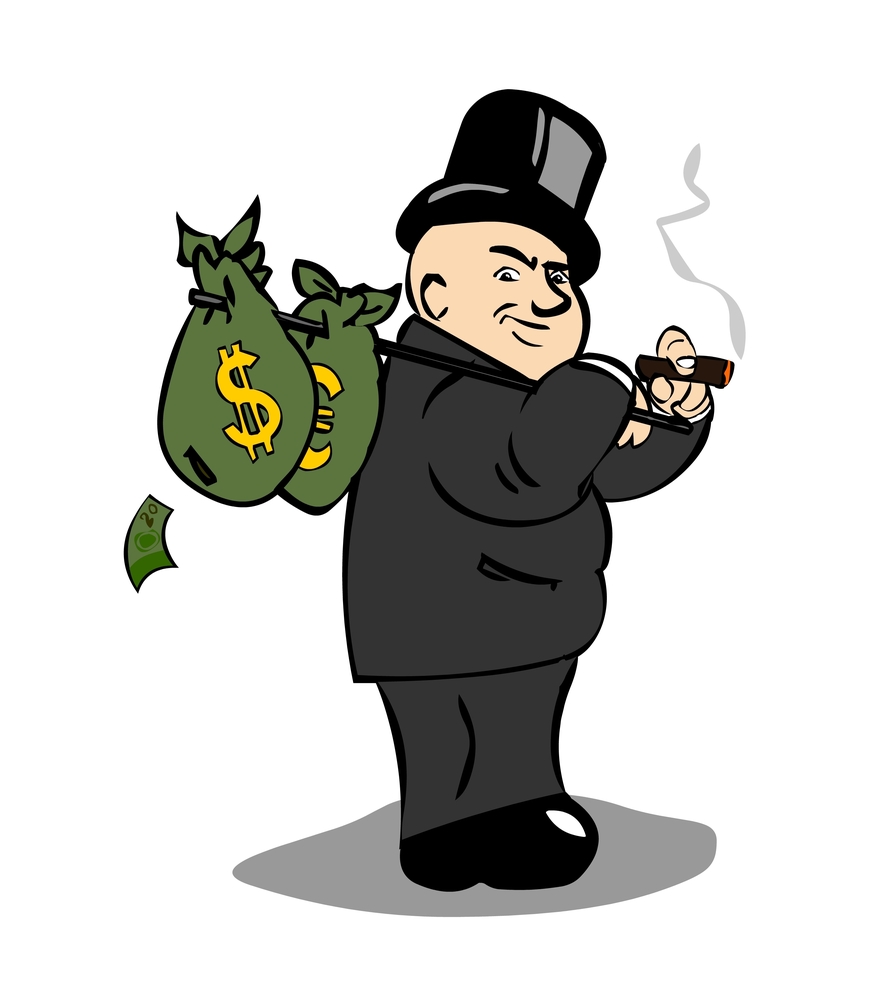Toner News Mobile › Forums › Mom with HP Printer Shows the Digital Ease of Counterfeiting
- This topic has 0 replies, 1 voice, and was last updated 9 years, 11 months ago by
Anonymous.
-
AuthorPosts
-
AnonymousInactiveMom with HP Printer Shows the Digital Ease of Counterfeiting
Digital technology has revolutionized the counterfeiting craft.
By Del Quentin WilberTarshema Brice hardly ranks among the world’s elite counterfeiters. But with the help of modern consumer technology, she developed an exacting system for crafting fake U.S. greenbacks.

First, the 34-year-old hairstylist and janitor took $5 bills with a specific watermark and soaked them with “Purple Power” degreaser. Next, she scrubbed off the ink with a toothbrush. After drying the now-blank notes with a hair dryer, she fed them through a Hewlett-Packard (HPQ:US) Co. 3-in-1 inkjet printer that emblazoned them with scanned images of $50 or $100 bills.
The counterfeits looked and felt real and could pass any rudimentary test by a retail clerk. Brice, who pleaded guilty to counterfeiting last month in federal court, admits she produced between $10,000 and $20,000 in fake bills over two years before her scam unraveled in September. The Richmond, Virginia, resident “was raising six children on her own with modest income and was filling the gaps by making counterfeit money,” says her lawyer, Charles E. James Jr., of Williams Mullen.
Brice’s scam is emblematic of a modern twist in a crime as old as money itself: digital technology has revolutionized the counterfeiting craft. Not long ago, producing good fakes was the province of artisans who etched printing plates and churned out millions in bogus bills on off-set presses. Today, all it takes is a scanner, a color printer and, for best results, some small bills and household cleaner.

Presses Obsolete
“Back in the day, there was a significant outlay of funds to produce a counterfeit note,” said Ed Lowery, the agent in charge of the Secret Service’s criminal division. “You had to buy lots of quality paper, the ink, the printing press. You didn’t print up a thousand at a time, you printed up four or five million. You had a distribution network.”
Now, “why would you print up a couple of million in counterfeit? Depending on the technology you are using, you could just print up some to go out on a Friday night,” he said.
Statistics highlight the growth: In 1995, less than 1 percent of fake bills were produced on digital printers. In the last fiscal year, nearly 60 percent of the $88.7 million in counterfeit currency recovered in the U.S. was created using inkjet or laser printers, the Secret Service says.
Most of the digital counterfeiters produced a few hundred or thousand in fake bills, the Secret Service said. Others were more industrious. Last month, a 37-year-old self-taught graphic artist was sentenced to 12 years in prison for leading a counterfeiting ring that manufactured $1.4 million in fake $50s and $100s.
Counterfeiting Mills
Overseas, it remains a different story. Most of the fake $68.2 million in U.S. currency recovered last fiscal year was churned out by offset presses, the Secret Service says, because these highly efficient “counterfeiting mills” can more easily escape detection by U.S. authorities and even operate with the backing of corrupt governments.
Though counterfeit bills make up only a tiny fraction of the $1.27 trillion in circulation, law enforcement officials and federal prosecutors say they aggressively target money forgers to protect consumers and business owners and the larger U.S. economy. Last fiscal year, ending Sept. 30, the Secret Service made 3,617 counterfeiting arrests.
Treasury’s Response
The U.S. Treasury has also responded to the technological threat. In the mid-1990s, it introduced the first major redesign of U.S. bills in six decades. Testifying before Congress in 2010, Larry R. Felix, the director of the Bureau of Engraving and Printing, said the design changes were needed “to combat the emergence of a new category of counterfeiters who were increasingly using computers, scanners, color copiers and other emerging technologies to replicate notes.”
Redesigned $20s, $50s, $10s, and $5s were introduced between 2003 and 2008. A snazzy $100 — the most commonly counterfeited bill, according to the Secret Service — entered circulation in October after a delay of nearly 2 1/2 years due to production problems. The new $100 includes two new security features: a blue 3-D security ribbon and a color-changing bell in an inkwell. Those features are “intended to thwart increased counterfeiting of currency using digital reproductive technology,” Felix testified.
A spokeswoman for the Bureau of Engraving and Printing, Darlene Anderson, didn’t respond to two phone messages seeking more information about her agency’s countermeasures.

-
AuthorMay 8, 2014 at 11:00 AM
- You must be logged in to reply to this topic.
